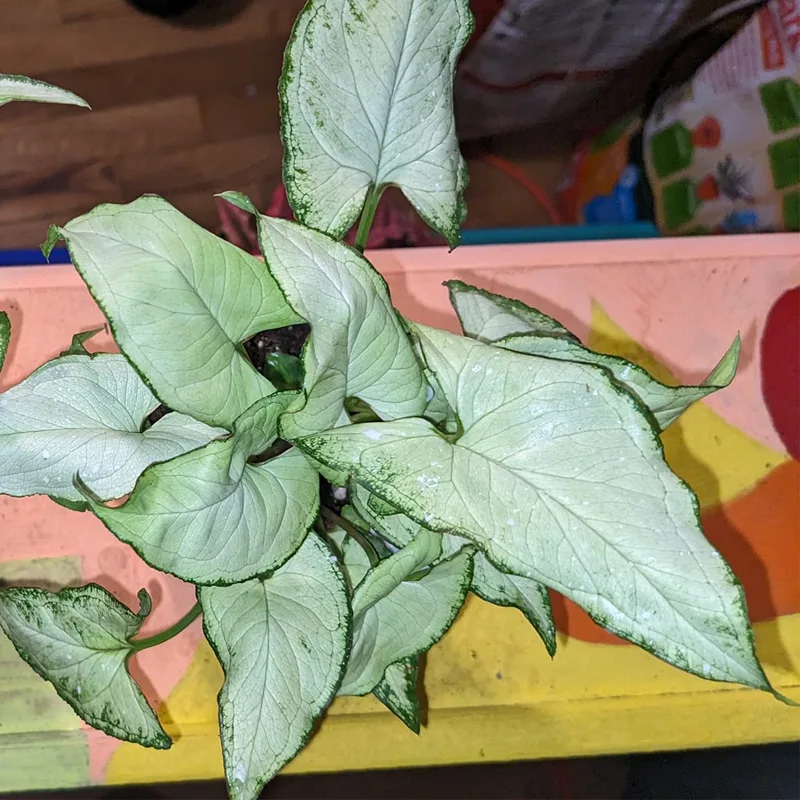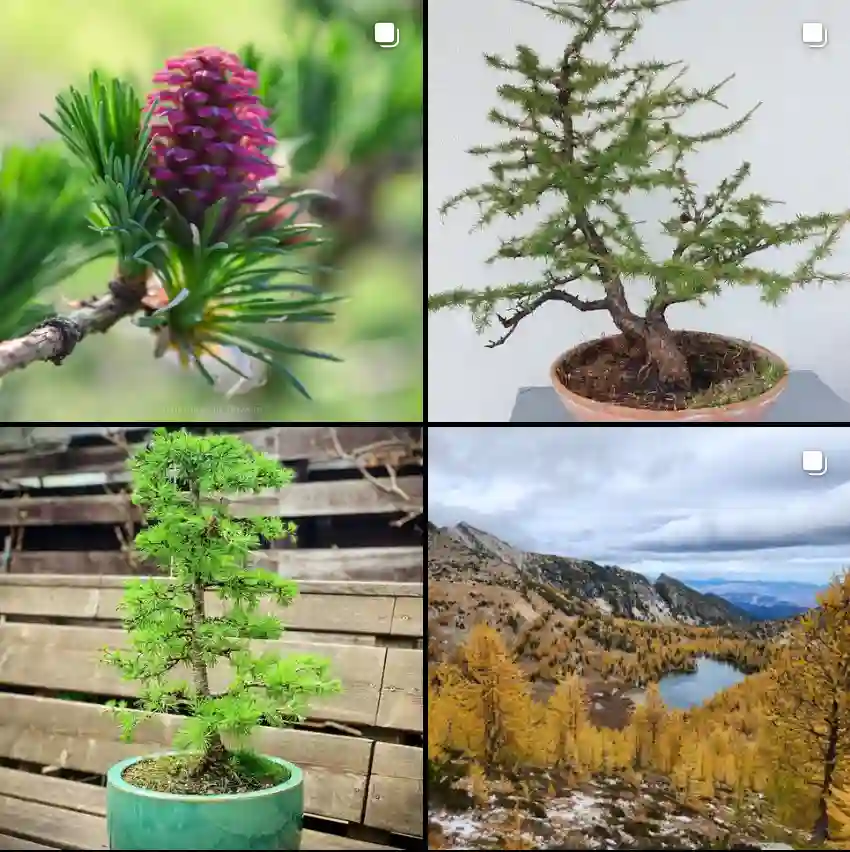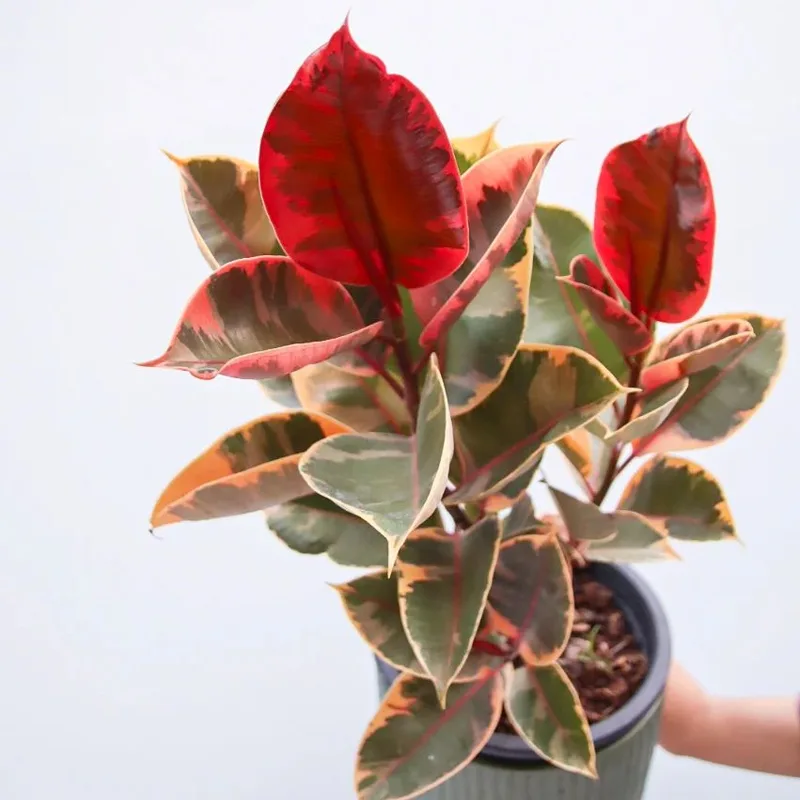
FAQs about Pentas
As a plant enthusiast, I’ve had my fair share of experiences with Pentas. These vibrant, star-shaped flowers are a favorite in my garden, and I’ve learned quite a bit about them over the years. Here, I’ll address some of the most frequently asked questions about Pentas to help you get the most out of these beautiful plants.
What is Pentas?
Pentas, also known as Egyptian Star Cluster, are flowering plants known for their bright, star-shaped blooms. They come in a variety of colors, including pink, red, white, and purple, and are native to Africa and Madagascar. These flowers are popular in gardens and landscapes due to their long blooming season and ability to attract pollinators.
Pentas species
- Pentas angustifolia (A.Rich.) Verdc.
- Pentas arvensis Hiern
- Pentas caffensis Chiov.
- Pentas cleistostoma K.Schum.
- Pentas glabrescens Baker
- Pentas herbacea (Hiern) K.Schum.
- Pentas lanceolata (Forssk.) Deflers Plant FAQs: Pentas Lanceolata
- Pentas micrantha Baker
- Pentas nervosa Hepper
- Pentas pauciflora Baker
- Pentas pubiflora S.Moore
- Pentas purpurea Oliv.
- Pentas purseglovei Verdc.
- Pentas suswaensis Verdc.
- Pentas tibestica Quézel
- Pentas zanzibarica (Klotzsch) Vatke
Are Pentas Perennials?
Yes, Pentas can be perennials in warmer climates (USDA zones 9-11). In these regions, they can thrive year-round. In cooler climates, they are often grown as annuals since they cannot withstand frost. I usually bring mine indoors or cover them during colder months to extend their life.
Do Pentas Need Full Sun?
Pentas thrive in full sun, needing at least 6-8 hours of direct sunlight daily. This helps them produce more blooms and maintain vibrant colors. However, in extremely hot climates, they can benefit from some afternoon shade to prevent the leaves from scorching.
How Tall Do Pentas Grow?
Pentas typically grow to about 18-24 inches tall, although some varieties can reach up to 36 inches. The height can vary depending on the growing conditions and the specific variety you choose.
Are Pentas Deer Resistant?
Yes, Pentas are generally deer resistant. The plants have a slightly rough texture and an aroma that deer tend to avoid. While no plant is completely deer-proof, I’ve found that Pentas are rarely bothered in my garden.
Are Pentas Poisonous to Dogs?
Pentas are not known to be toxic to dogs. I have pets myself and have never had any issues with them interacting with Pentas. However, it’s always best to keep an eye on your pets to ensure they don’t ingest large quantities of any plant.
Do Hummingbirds Like Pentas?
Absolutely! Hummingbirds are attracted to the bright, nectar-rich flowers of Pentas. I often see them flitting around my garden, especially near the red and pink varieties.
Do Pentas Attract Butterflies?
Yes, Pentas are a magnet for butterflies. The nectar-rich blooms are a favorite among various butterfly species. I’ve noticed an increase in butterfly activity since planting Pentas in my garden, making it a lively and colorful space.
Do Rabbits Eat Pentas?
Rabbits generally avoid Pentas, likely due to their slightly rough texture and the bitter taste of the leaves. While no plant is entirely rabbit-proof, I’ve found that my Pentas are rarely nibbled on by these furry visitors.
How to Deadhead Pentas?
Deadheading Pentas is simple and encourages more blooms. When a flower cluster starts to fade, use a pair of garden scissors or your fingers to snip off the spent blooms just above the next set of leaves. This process helps redirect the plant’s energy into producing new flowers.
How to Propagate Pentas?
Pentas can be propagated through stem cuttings. In the early spring, cut a healthy stem about 4-6 inches long, just below a node. Remove the lower leaves and dip the cut end in rooting hormone. Plant the cutting in a pot with moist potting mix, cover with a plastic bag to retain humidity, and place it in indirect sunlight. Roots should develop in a few weeks.
How to Collect Pentas Seeds?
To collect Pentas seeds, allow the flowers to fade and form seed pods. Once the pods are dry and brown, gently break them open to collect the tiny seeds inside. Store the seeds in a cool, dry place until you’re ready to plant them.
How to Care for Pentas? Do Pentas Need Fertilizer?
Caring for Pentas involves regular watering, especially during dry periods, to keep the soil consistently moist but not waterlogged. Fertilize every 4-6 weeks with a balanced, water-soluble fertilizer to promote healthy growth and abundant blooms. Prune as needed to maintain shape and remove any damaged or diseased parts.
What to Plant with Pentas?
Pentas pair well with other sun-loving plants like marigolds, zinnias, and lantanas. They also look great alongside ornamental grasses and coleus. In my garden, I’ve had success combining them with a mix of annuals and perennials for a dynamic and colorful display.
Conclusion
Pentas are a wonderful addition to any garden, providing vibrant color and attracting pollinators. Whether you’re growing them as perennials or annuals, following these tips will help you get the most out of your Pentas plants. Happy gardening!
If i die, water my plants!



